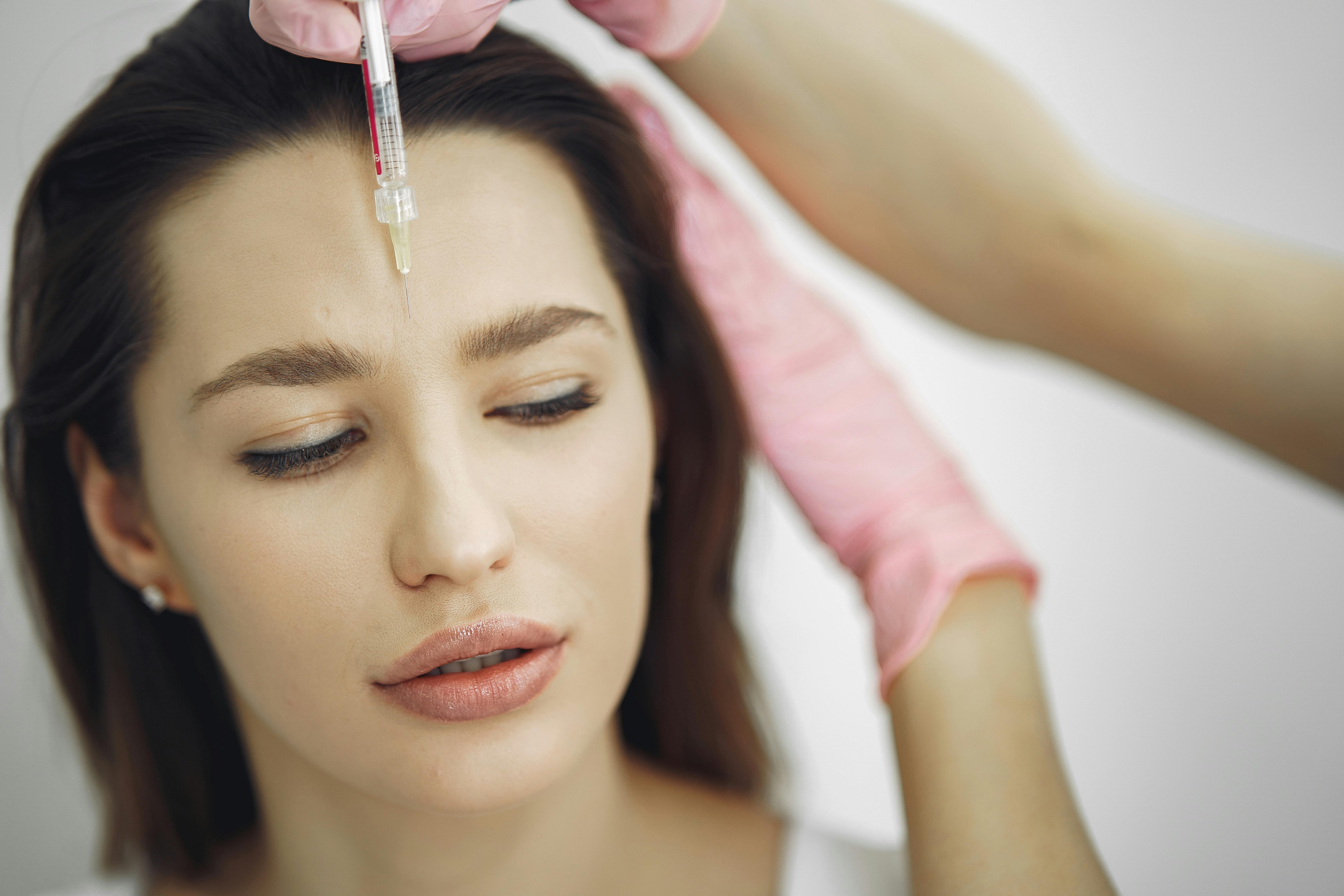Platelet-Rich Plasma: A New Frontier in Skin Rejuvenation
Platelet-rich plasma (PRP) therapy has emerged as a groundbreaking treatment in the field of dermatology and aesthetic medicine. This innovative approach harnesses the body's own healing mechanisms to rejuvenate skin, reduce signs of aging, and promote hair growth. Originally developed for orthopedic applications, PRP has found its way into the realm of cosmetic procedures, offering a natural alternative to traditional treatments. The process involves extracting a small amount of the patient's blood, processing it to concentrate the platelets, and then reinjecting this potent mixture into targeted areas of the skin or scalp. As interest in non-invasive cosmetic procedures continues to grow, PRP therapy has gained significant attention from both practitioners and patients seeking effective, minimally invasive solutions for various skin and hair concerns.

Applications in Skincare
PRP therapy has shown promising results in addressing a wide range of skin concerns. One of its primary applications is in facial rejuvenation, where it can improve skin texture, reduce the appearance of fine lines and wrinkles, and enhance overall skin tone. The treatment is particularly effective for addressing under-eye hollows and dark circles, areas that are often challenging to treat with traditional methods. PRP can also be used to improve the appearance of acne scars, surgical scars, and stretch marks by stimulating collagen production and promoting skin cell regeneration. Additionally, some practitioners have found success in using PRP to treat melasma, a stubborn form of hyperpigmentation that often resists conventional treatments.
Revolutionizing Hair Restoration
Beyond skincare, PRP therapy has made significant strides in the field of hair restoration. For individuals experiencing hair thinning or loss, PRP offers a promising alternative to more invasive procedures like hair transplants. When injected into the scalp, the growth factors in PRP can stimulate dormant hair follicles, encourage new hair growth, and improve the thickness and quality of existing hair. This treatment has shown particularly encouraging results for individuals with androgenetic alopecia, also known as male or female pattern baldness. While not a cure for hair loss, PRP can significantly slow down the progression of hair thinning and improve hair density, making it an attractive option for those seeking to maintain their existing hair or enhance the results of other hair restoration treatments.
The Treatment Process and Patient Experience
One of the key advantages of PRP therapy is its minimally invasive nature and relatively quick treatment time. A typical PRP session lasts about 30 to 60 minutes, depending on the areas being treated. The procedure begins with a blood draw, followed by the centrifugation process to isolate the platelet-rich plasma. The treatment area is then cleansed and, in some cases, a topical anesthetic may be applied to ensure patient comfort. The PRP is then injected into the targeted areas using very fine needles. Patients may experience some mild redness, swelling, or bruising at the injection sites, but these effects typically subside within a few days. Most individuals can return to their normal activities immediately after the treatment, making it a convenient option for those with busy lifestyles.
Efficacy and Long-Term Results
While the immediate effects of PRP therapy can be noticeable, the true benefits of the treatment unfold over time as the body’s natural regeneration processes are stimulated. Many patients report seeing improvements in skin texture and tone within a few weeks of their first treatment, with continued enhancement over the following months. For optimal results, a series of treatments is typically recommended, often spaced 4-6 weeks apart. The longevity of results can vary depending on individual factors such as age, lifestyle, and overall health, but many patients enjoy the benefits of PRP for 12-18 months before considering maintenance treatments. In the case of hair restoration, results may become visible after 3-6 months, with continued improvement over time.
Safety Considerations and Patient Selection
One of the most appealing aspects of PRP therapy is its excellent safety profile. Since the treatment uses the patient’s own blood, the risk of allergic reactions or rejection is virtually nonexistent. However, as with any medical procedure, proper patient selection and technique are crucial for optimal outcomes and safety. Individuals with certain blood disorders, active infections, or those taking blood-thinning medications may not be suitable candidates for PRP therapy. It’s essential for patients to undergo a thorough consultation with a qualified practitioner to determine if PRP is appropriate for their specific needs and medical history. Additionally, the success of PRP treatment heavily relies on the skill and experience of the practitioner, as well as the quality of the equipment used to prepare the PRP.
The Future of PRP in Aesthetic Medicine
As research in the field of regenerative medicine continues to advance, the potential applications of PRP therapy in aesthetic medicine are likely to expand. Current studies are exploring the use of PRP in combination with other treatments, such as microneedling or laser therapies, to enhance overall results. There is also growing interest in developing standardized protocols for PRP preparation and administration to ensure consistent outcomes across different practitioners and clinics. As more long-term data becomes available, our understanding of the optimal treatment regimens and patient selection criteria will continue to evolve, potentially leading to even more effective and personalized approaches to skin and hair rejuvenation.




